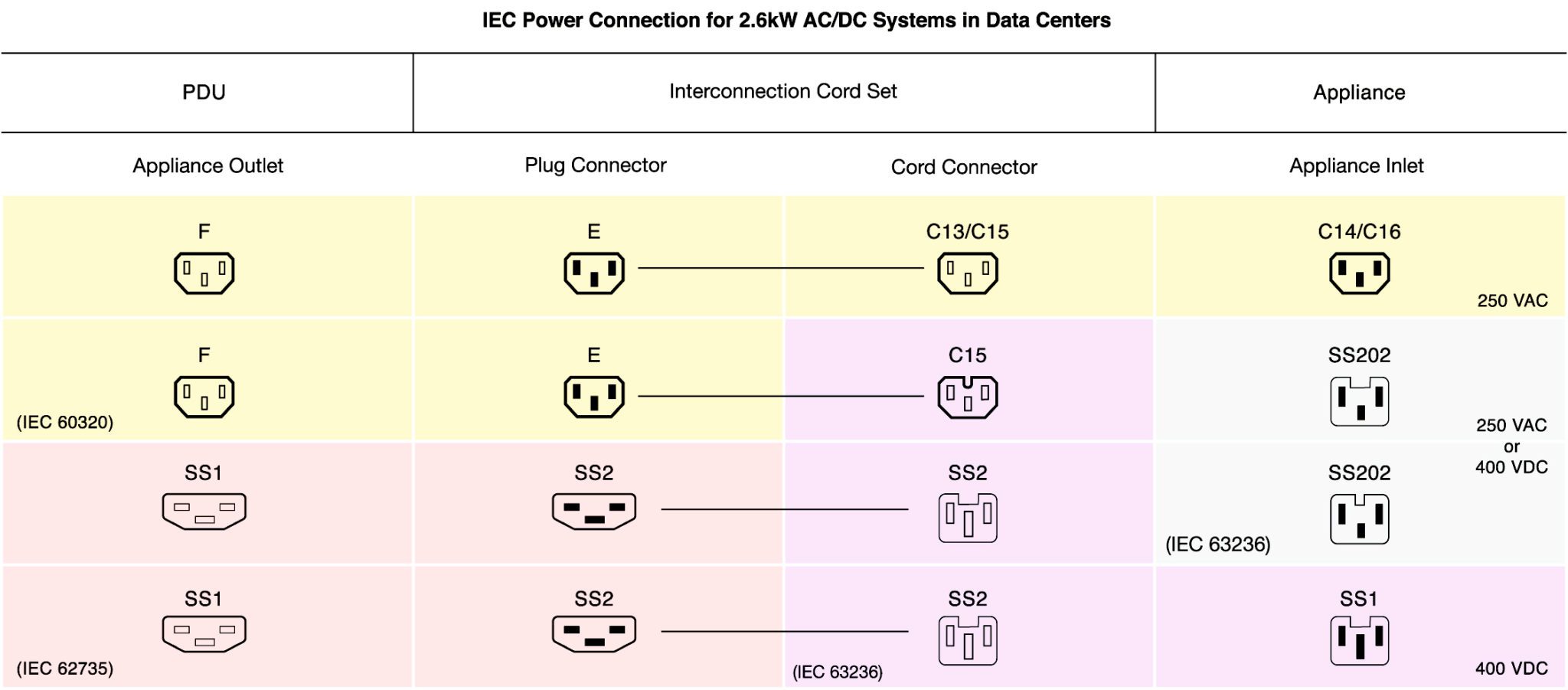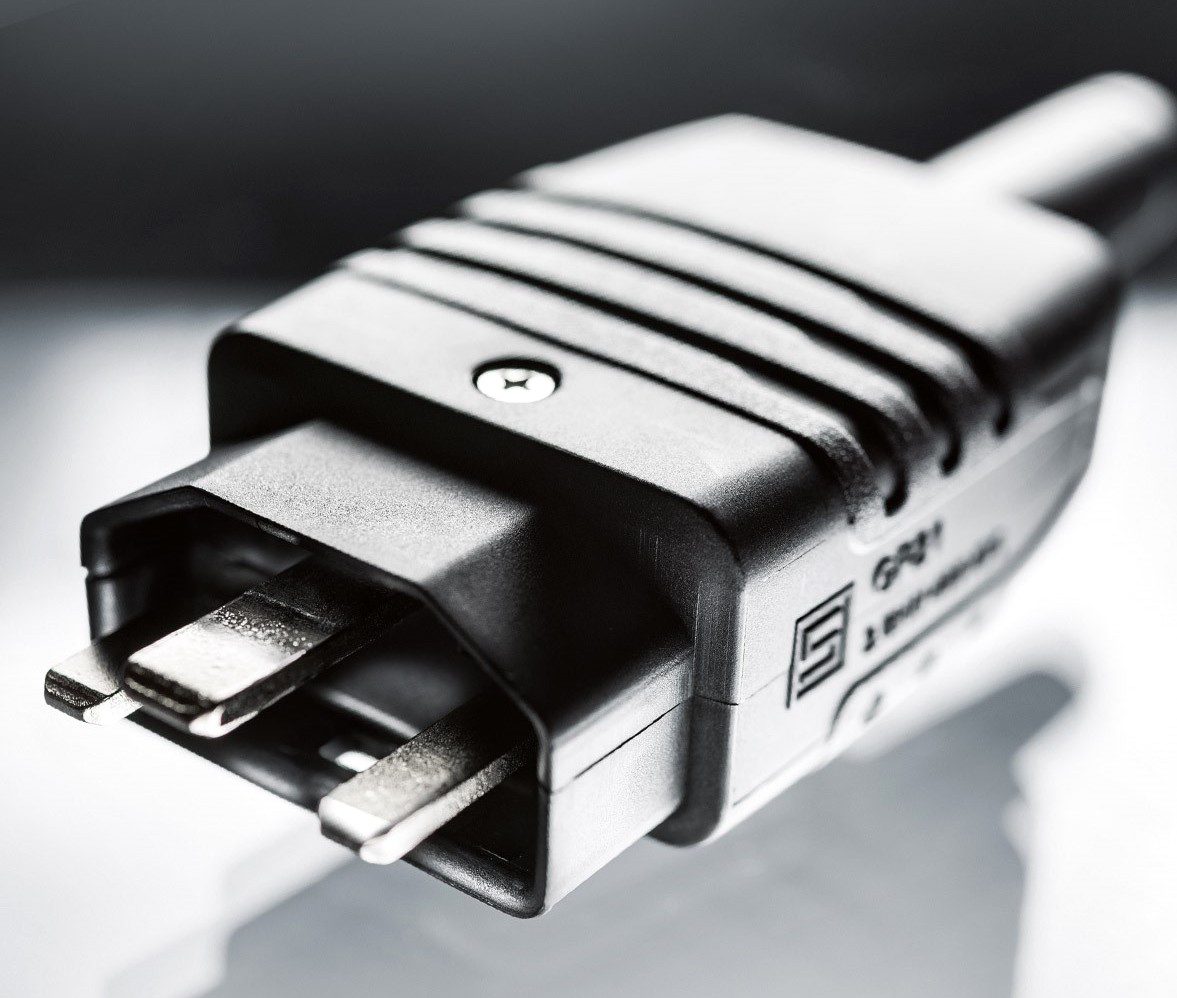AC/DC Device Plugs Will Pave the Way to DC Data Centers
Transitioning to the use of DC power throughout data centers can reduce component count and costs, deliver higher reliability, and improve energy efficiency.

Data centers are starting to employ DC power structures, but there are no binding standards at the present time.
It’s no secret that the dedicated use of direct-current (DC) power in data centers results in reduced component counts and costs, greater reliability, and vastly improved energy efficiency. We’re not quite there yet, but we’re steadily heading in that direction. The International Electrotechnical Commission (IEC) defined the power-side framework for DC data centers in its standard TS 62735-1 — DC plugs and socket-outlets for information and communication technology equipment installed in data centers and telecom central offices. Working groups within the IEC are turning their attention to device-side standards to further that framework by allowing AC and DC to coexist in a transitional phase that will ultimately pave the way to widespread DC data centers.
Data centers are starting to employ DC power structures, but there are no binding standards at the present time.
Although alternating current (AC) emerged victorious in the late-19th century “War of the Currents” between Tesla and Westinghouse on the AC side and Edison on the other, DC-powered devices have been deployed since the dawning of the digital age. The telecommunications and data industries in particular are huge proponents of DC power and are largely responsible for reviving interest in and driving the development of industry standards for DC power structures. Since data center servers work on DC voltage, supplying DC power throughout these systems — from the network-level to the chip-level — would eliminate the AC/DC transformation and conversion processes currently required at various points throughout data center systems. This, in turn, would significantly improve energy efficiency, reduce component counts and costs, mitigate heat generation, and make the entire system less susceptible to faults.
AC Power Standards
Device connectors rated for up to 250VAC are standardized according to IEC 60320, and well proven, with successful performance in numerous markets and application areas. Potential improvements and additional functionalities are occasionally considered; for instance, a push for higher operating temperatures is gaining some ground. But there’s no reason to expect any earth-shattering changes in terms of AC power standards.
DC Power Standards
The IEC published the TS 62735-1 power distribution standard for DC systems up to 2.6kW in 2015, followed by the IEC TS 62735-2 standard for outputs up to 5.2kW, which can no longer be separated when under load, in 2016. Current standardization efforts are focused on developing a device-side equivalent.

This table illustrates compatibilities between IEC-compliant AC and DC plugs/connectors.
The WG8 working group within IEC committee TC23 is comprised of more than 30 electronics industry experts from Europe, North America, and Asia and is focused on extending the standards for electrical installation materials and developing solutions for DC plug connections based on the previous AC standard IEC 60320.

SCHURTER’s GP21 rewireable plug and GS21 socket outlet were the first commercially available, UL-approved connectors for 400VDC systems up to 2.6kW per IEC TS 62735-1, which is designed to enable a standardized global approach to DC power distribution in data centers.
Transitional Solutions
Since the standardized global approach to DC data centers is still evolving, purely DC components aren’t yet widely available. To further support adoption efforts, DC data center proponents are encouraging the development of transitional solutions. For example, designs that allow parts of the existing infrastructure to continue being used while upgrading other areas, or server designs that could just as easily be supplied with AC or DC power. Technically, this is possible on the device side, but it’s entirely new territory in terms of the plug connections. DC connectors differ from their AC counterparts in several ways, especially regarding the dangers of mechanical separation under load. When it comes to power, safety must always be the top priority.
The lifecycle of power supply infrastructure, like power distribution units, is generally longer than those of the devices they supply, which are more frequently replaced by technological developments. The IEC and other proponents of DC data centers are encouraging the development of hybrid AC/DC device plugs that allow connected devices to switch between AC and DC supplies as needed, especially since they can leverage existing mechanical coding mechanisms to ensure that the power supply in the device is tapped correctly. Hybrid AC/DC device plugs would enable all data center infrastructure — other than data center power supply cables — to remain intact. This would significantly increase the use of DC power throughout data centers, resulting in at least a portion of the reduced component count and cost, higher reliability, and improved energy efficiency benefits of purely DC data centers.
For more information, visit SCHURTER online.
Like this article? Check out our other Power articles, our Datacom/Telecom Market Page articles, and 2021 Article Archives.
Subscribe to our weekly e-newsletters, follow us on LinkedIn, Twitter, and Facebook, and check out our eBook archives for more applicable, expert-informed connectivity content.
- AC/DC Device Plugs Will Pave the Way to DC Data Centers - November 9, 2021
- DC Data Centers: A Necessary Paradigm Shift for Sustainability and Savings - November 19, 2019





